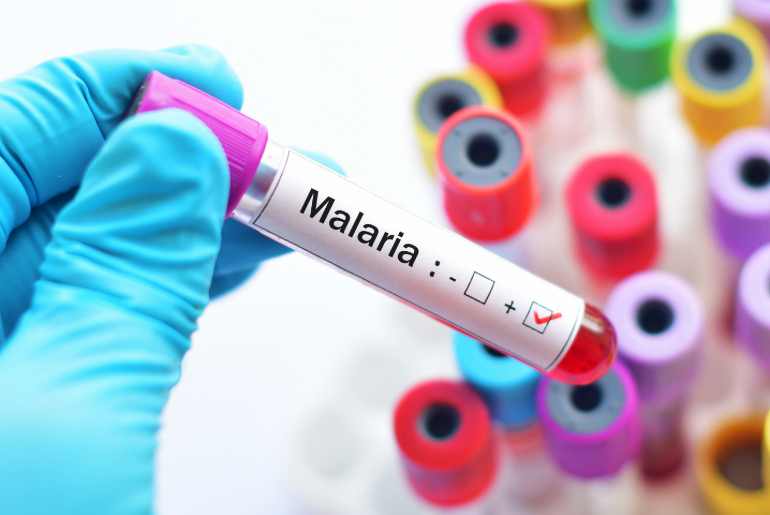Every year, on April 7th, people worldwide celebrate World Health Day. It’s a day to spotlight essential health topics and remind everyone to focus on our well-being. Think of it as a little nudge to take better care of yourself and make simple, positive changes in your life.
So, let’s examine some easy steps you can take today to improve your health. Ready? Let’s go!
Prioritise Physical Health: Move More Every Day [1]
Regular physical activity doesn’t have to mean intense gym sessions or long workouts. It’s one of the most straightforward and enjoyable ways to improve your health—and the best part is, you can start small! Think of fun activities that easily fit into your day, like walking, stretching, or even dancing to your favourite tunes in the living room.
Here are some easy and fun ways to get moving:
- Skip the elevator and take the stairs instead.
- Go for a brisk 20-minute walk after meals to aid digestion.
- Unroll a mat and try yoga or light stretches to relax and unwind.
- Join a local sports or activity group—exercise is way more fun when you make it social!
Staying active is good for your body—it boosts your energy, lifts your mood, and helps keep your weight in check. Plus, there’s nothing like moving and shaking off the day’s stress!
Eat a Balanced and Nutrient-Rich Diet
What you eat significantly impacts how you feel, both physically and mentally. Think of a balanced diet as the fuel your body needs to run efficiently and stay energised throughout the day. The good news? Eating healthy doesn’t have to be a challenge—it’s all about mixing things up and finding balance.
Here’s how to make your meals even better:
- Choose seasonal, locally grown fruits and veggies for maximum freshness and flavour.
- Cut down on processed foods, sugary snacks, and drinks to keep your body feeling light.
- Keep a water bottle nearby and sip it all day to stay hydrated.
- Take your time with meals—chew slowly and savour each bite so your body can better digest and enjoy your food.
When you eat with intention, you’re not just fuelling your body—you’re supporting your digestion, boosting your immune system, and lowering the risk of chronic conditions like heart disease and diabetes. Eating well feels excellent, inside and out!
Get Enough Sleep for Rest and Recovery [2]
Sleep is like your body’s reset button—it’s when your body repairs itself, and your brain processes everything from the day. Getting 7-8 hours of quality sleep every night isn’t just a luxury—it’s essential for feeling your best. If you’ve been waking up groggy, don’t stress—minor adjustments can make a big difference.
Here are some easy tips to improve your sleep:
- Stick to a consistent sleep schedule to help your body get into a rhythm, even on weekends.
- Wind down with a calming bedtime routine—read a book, listen to soft music, or try a bit of meditation.
- Say goodbye to screens and bright lights at least an hour before bed to help your mind relax.
- Make your bedroom a sleep sanctuary: quiet, dark, and cosy.
When you prioritise sleep, you’ll notice big mood, memory, and energy improvements. Plus, who doesn’t love waking up feeling refreshed and ready to take on the day?
Stay on Top of Preventive Health Check-Ups
When it comes to health, prevention is the best medicine. Regular check-ups allow you to catch potential issues early so you can take action before they become more significant problems. It’s about staying ahead of the game—simple screenings for things like high blood pressure, cholesterol, and diabetes can make a huge difference in keeping you healthy.
Here are some simple tips to stay on track:
- Keep a record of your medical history and appointments so nothing slips through the cracks.
- Don’t skip those routine dental and eye exams—they’re just as crucial as any other check-up!
- Stay on top of your vaccinations based on your age and lifestyle.
Being proactive about your health lets you spot minor concerns early and address them before they become significant. It’s all about taking control and setting yourself up for long-term well-being. Your future self will thank you!
Avoid Harmful Habits and Substances [3]
The choices you make every day have a significant impact on your health, especially when it comes to substances like tobacco, alcohol, and recreational drugs. Cutting back or eliminating these harmful habits can have long-term benefits for your overall well-being. Even small changes—like cutting down on caffeine or sugary drinks—can make a noticeable difference.
Here are a few easy ways to kick those habits to the curb:
- If you smoke, try replacing it with healthier alternatives like chewing gum or sipping water.
- Set realistic limits on your alcohol consumption or explore non-alcoholic options.
- Don’t hesitate to lean on your friends, family, or support groups for encouragement when making these changes.
By making these adjustments, you’re not just reducing your risk of serious diseases—you’re also boosting your energy, improving your quality of life, and helping yourself feel your absolute best!
Practice Good Hygiene to Prevent Infections
Good hygiene isn’t just about staying clean—it’s about protecting yourself and others from infections and illnesses. When you prioritise hygiene, you’re helping create a healthier environment for everyone around you. And the best part? These habits are simple and easy to include in your daily routine!
Here are some simple hygiene tips to follow:
- Wash your hands often with soap and water, especially before eating and after using the restroom.
- Keep your living and workspaces clean and well-ventilated to help reduce germs.
- Always cover your mouth and nose when sneezing or coughing to keep germs from spreading.
- Regularly replace personal items like toothbrushes, towels, and razors to avoid germ buildup.
By following these easy hygiene habits, you’re doing your part to reduce the spread of infections and create a cleaner, healthier community. It’s a small effort with big rewards!
Build and Maintain Social Connections
Human connections are essential for mental and emotional well-being. Building and maintaining strong relationships can help reduce stress, boost mood, and even improve physical health. Staying connected with friends, family, and your community should be a priority in your life.
Here are some easy ways to nurture those social bonds:
- Make time for regular catch-ups with loved ones—whether it’s over a coffee or a video call.
- Join clubs, volunteer groups, or social organisations to meet new people and grow your community.
- Practice active listening and show empathy to deepen your connections and strengthen relationships.
A strong support network can make all the difference in staying motivated and achieving your health goals. Surround yourself with people who lift you—your well-being will thank you!
Conclusion
This World Health Day, take a moment to pause and reflect on your health. It’s the perfect time to think about the small steps you can take to improve your well-being. Whether you move more, eat better, get enough sleep, or build meaningful connections, every little change adds up to a healthier version of you.
Remember, health isn’t just a one-time goal—it’s a lifelong journey, and it’s never too late to start making positive changes. By embracing the spirit of World Health Day, you’re improving your health, setting an example, and inspiring others to do the same.
Let’s make health a priority today and every day. It’s the best gift we can give ourselves and those around us!
References:





